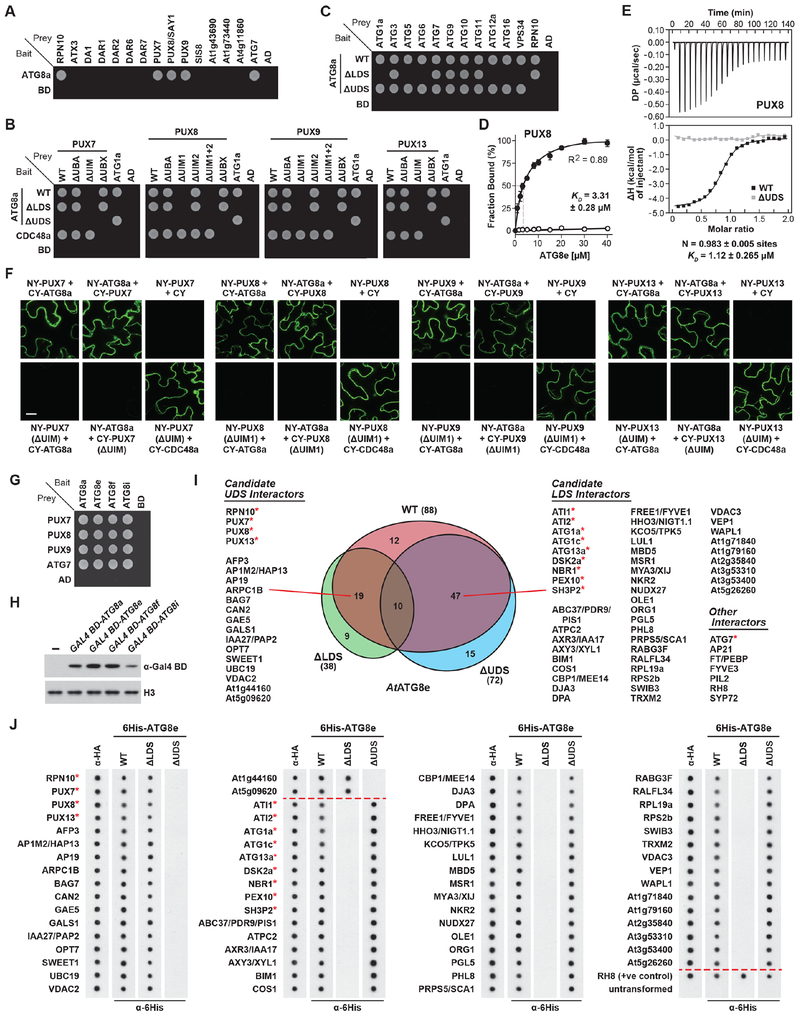Figure 2. Multiple Arabidopsis UIM Proteins Bind ATG8 Through the UDS.
(A) A subset of Arabidopsis PUX proteins interact with ATG8a by Y2H. Growth of cells on medium lacking leucine and tryptophan is shown in Figure S1 (also for panels (B), (C) and (G)).
(B) Y2H assays reveal that the UIMs in Arabidopsis PUX7, 8, 9, and 13 are required for binding ATG8a at the UDS.
(C) Y2H assay reveal that components of the core autophagy pathway do not use the UDS interface to bind ATG8a.
(D) Quantification of the PUX8-ATG8e binding affinity. Various concentrations of 6His-ATG8e were incubated with 1 μM GST-PUX8 and pulled down with Ni-NTA beads. PUX8 remaining in the supernatant was quantified and expressed as a percentage of the input. Values represent the mean (±SD) from three independent biological replicates.
(E) ITC assays confirm the PUX8-ATG8e binding affinity. Shown are heats of injection (top panel and lower panel, squares) and the best fit to a single site binding model (solid lines) for interaction with WT (black) or ΔUDS (grey) forms of 6His-ATG8e. N and KD values represent the mean (±SD) from three independent biological replicates.
(F) BiFC assays in N. benthamiana leaf cells show that PUX proteins interact with ATG8a via their UIM sequences in planta. Scale bar, 10 μm.
(G) PUX7, 8, and 9 interact by Y2H with members of each Arabidopsis ATG8 sub-clade.
(H) Comparison of ATG8 isoform levels when expressed as Gal4 DNA-binding domain fusions in yeast.
(I) Screening of an Arabidopsis cDNA library by Y2H using WT, ΔLDS or ΔUDS forms of ATG8e identified multiple LDS- and UDS-binding proteins. A Venn diagram of the interaction categories is included; asterisks indicate proteins previously identified as ATG8 interactors.
(J) Dot blot binding assays confirm the candidate interactors identified in panel (I). Lysed E. coli cells expressing HA-tagged interactors were spotted onto nitrocellulose membrane and probed with WT, ΔLDS or ΔUDS forms of 6His-ATG8e. Binding of ATG8 variants and expression of the interactors were detected with anti-6His and anti-HA antibodies, respectively.

